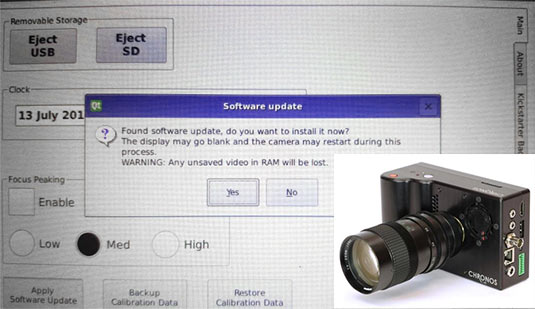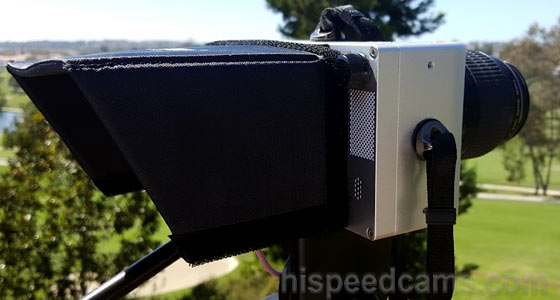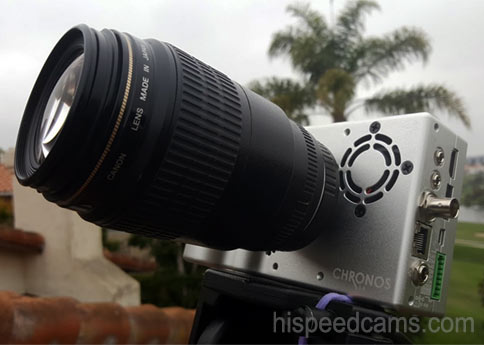As expected by recent rumors, Sony unveiled the RX0 a compact action camera that is more high-end oriented than any action camera before it. A Crash cam for video production that has a large 1″ sensor with high sensitivity and S-Log 2 flat profile. It also has features like focus assist, full 4k 4:2:2 HDMI output to an external recorder and a 1/32000 shutter like other RX series cameras that gets rid of most of the rolling shutter distortion apparent in other action cameras.
While the GoPro Hero 4 and 5 have access to a Pro Tune Log style video profile; the camera is not really geared for high-end production. The RX0, however, is limited to 1080p 60fps internally with 4k output from HDMI to an external recorder as the only 4k output option. This gives GoPro, Yi 4k+, and Sony’s Action Cam series an edge of internal 4k recording.






